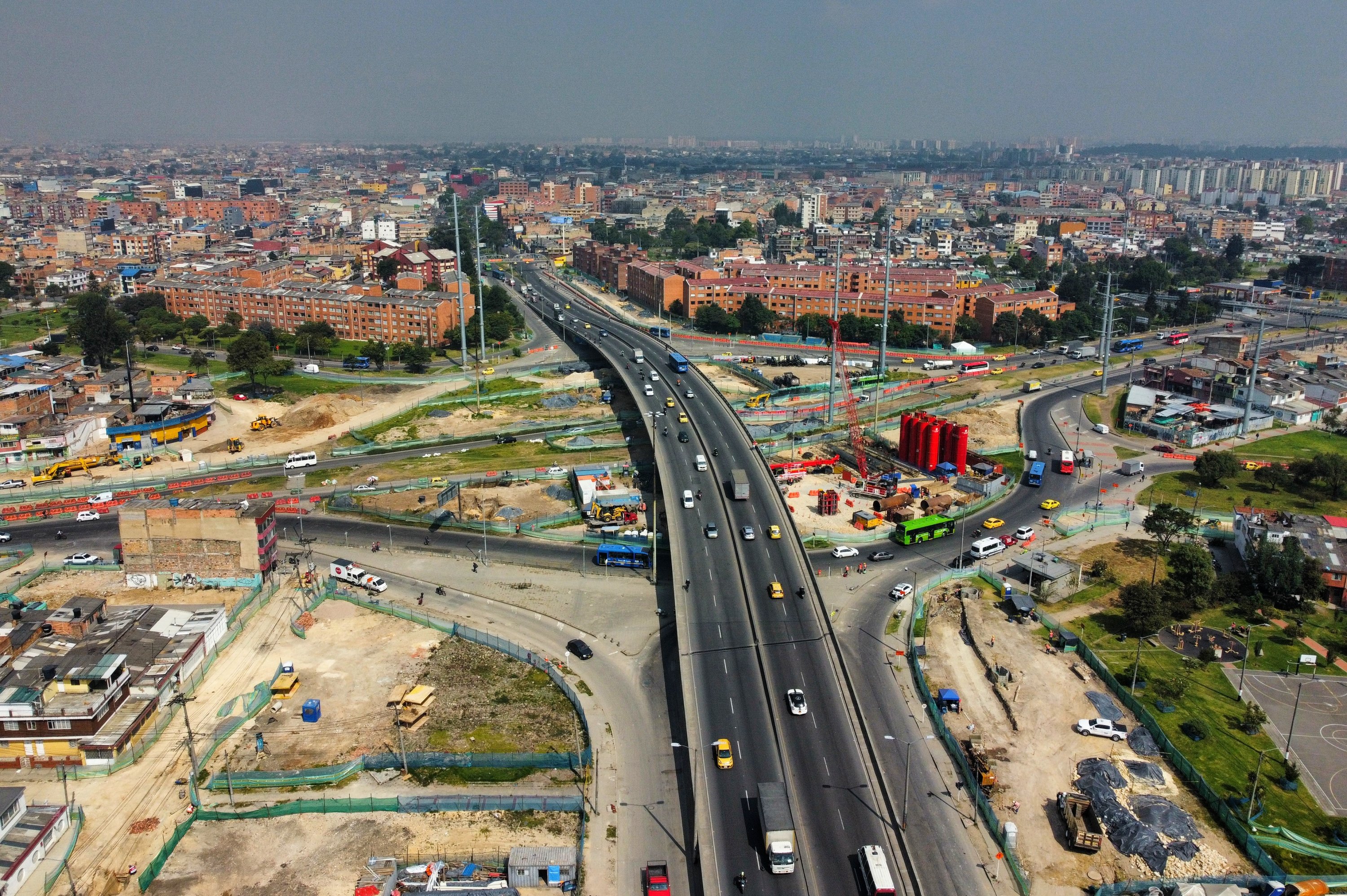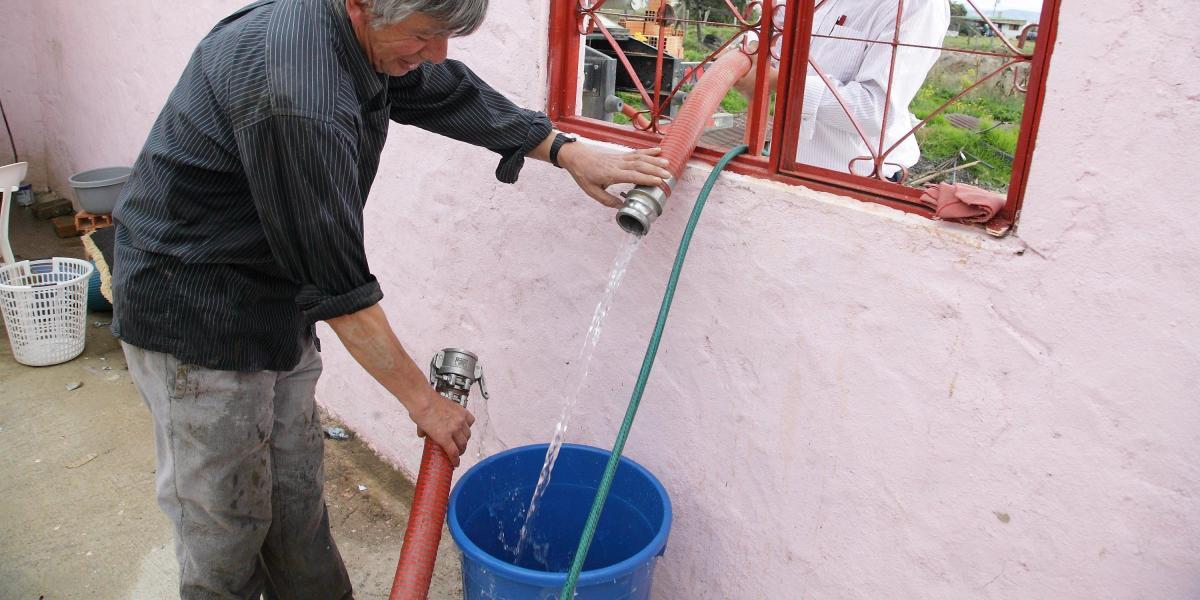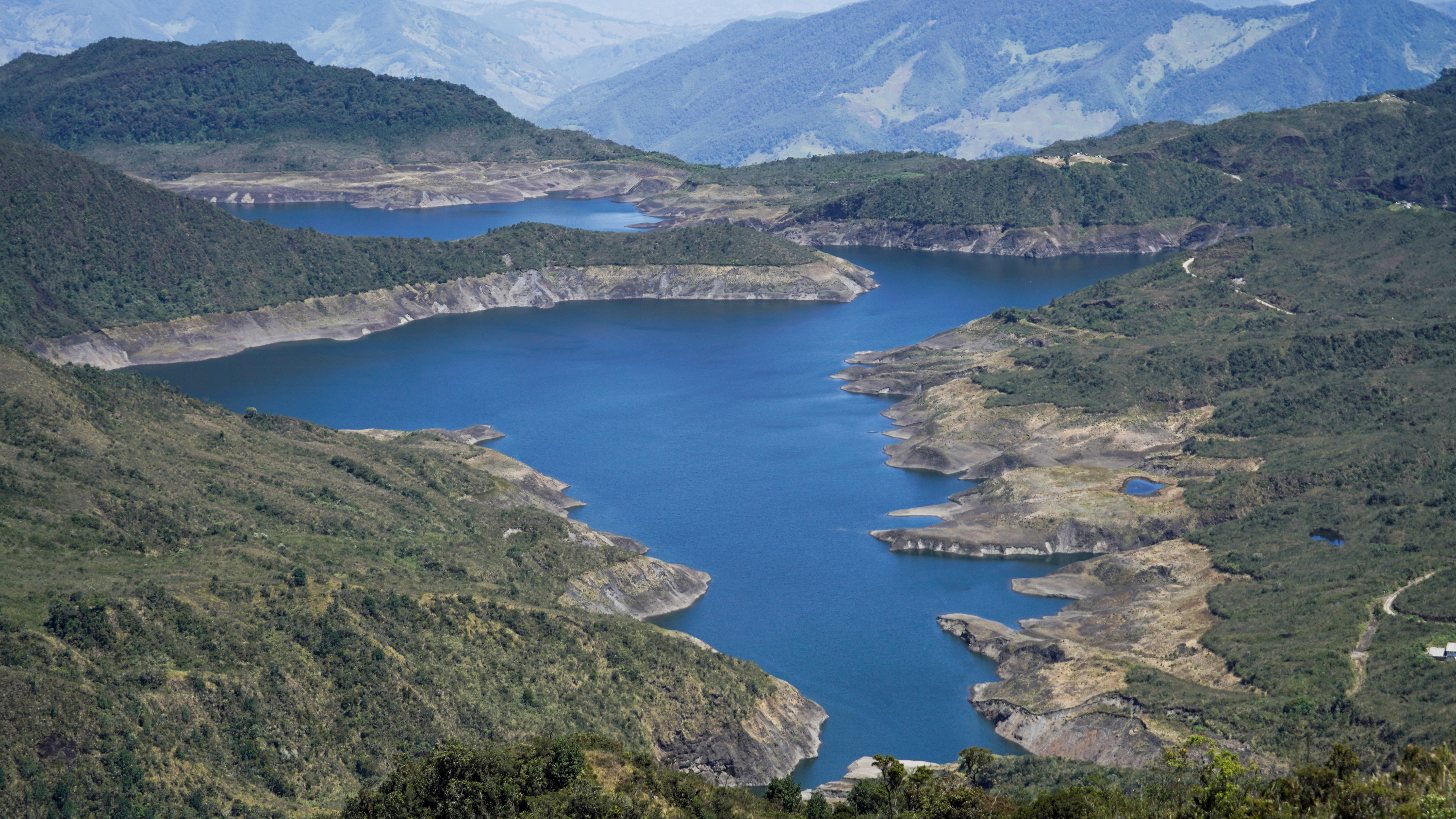How can Colombia make the most of its water resources for the future?

The recent water shortage that Colombia faced, which left Bogotá, the country's capital, under strict rationing for several months, sparked a debate about water conservation and the role cities play in addressing unnecessary waste.
This presents a new challenge for citizens and infrastructure, requiring efforts to minimize the waste of this resource in the country. It also calls for progress in policies that improve awareness and address the issues surrounding waste.
Alternatives to scarcity The way cities, infrastructure, and building construction are designed have a significant impact on water waste. Unidentified leaks can represent a significant amount of unnecessary waste each year.
According to Daniel Jato Espino, researcher and professor of the Master's Program in Smart and Sustainable Cities at the International University of Valencia, it is important to begin planning cities with guidelines consistent with a model of efficiency and reuse of water resources.

Bogotá Photo: EL TIEMPO Archive - Sergio Acero Yate
In this regard, the capture of wastewater and the use of rainwater, graywater, and alternatives such as functional landscaping could lead to significant savings. " Urban planning must take into account the water vulnerability of territories, promoting land use models that respect natural water cycles ," he asserts.
In addition, another solution could be the improvement of urban drainage systems, which, along with changes in social behavior, could lead to the use of different types of water after harvesting. However, this must be accompanied by public policies that prioritize conservation.

Reusing water is one of the most common ways Colombians save water. Photo: EL TIEMPO
The expert also mentions that legal guidelines should be established to pressure citizens to implement water efficiency systems in new buildings or renovations carried out in the area.
According to a statement issued by the International University of Valencia, "Over the last year, 277 municipalities in 24 departments reported below-normal water levels, and 82 implemented rationing measures" due to the coincidence of drought and phenomena such as forest fires.

Chingaza System Photo: Mauricio Moreno
Another alternative mentioned by Espino is the use of new technologies aimed at resource efficiency. In this regard, he mentions the Internet of Things, which could help monitor water networks and identify water leaks.
"Many cities are integrating management platforms supported by artificial intelligence, which consolidate data from multiple sources (sensors, weather forecasts, and consumption patterns) to make more informed and sustainable decisions," he asserts, noting that innovation, public policy, and citizen participation can improve the efficiency and management of water resources in the country.
LATEST NEWS EDITORIAL.
eltiempo




